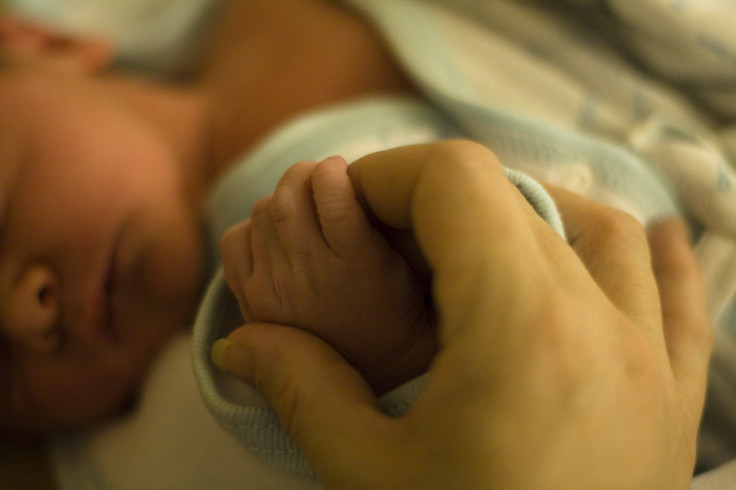Thanks To A Uterus Transplant, This Mother And Her Child Were Born From The Same Womb

The bond between a grandmother, child, and grandchild has always been special, but never before has it been quite like this. A Swedish mother who had lost her uterus to cancer in her 20s has given birth to a son, thanks to her mother’s donated womb.
In a groundbreaking success for fertility medicine, Dr. Mats Brannstrom, a professor of obstetrics and gynecology at Sahlgrenska Hospital at the University of Gothernburg and Stockholm IVF, first transplanted wombs into nine women as a part of an experimental study. The women in the trial had either been born without a womb or had it removed because of cancer.
Though this new baby is not the first to be born this way — Brannstrom has ushered in four babies with transplanted wombs — this case is a special one because “It’s one uterus bridging three generations of family,” he told AP.
The new mother underwent in vitro fertilization to make embryos with her eggs and her husband’s sperm. Doctors waited a year after the transplant to be sure of avoiding complications, but after four attempts to transfer embryos, the woman got pregnant. There were no complications with the pregnancy, and she delivered via cesarean section, as intended.
“I can’t describe how happy we are,” the woman told The Associated Press. “It’s everything that I hoped for and a little bit more.”
The mother said that she and her husband intend to tell the boy how he was conceived someday.
“Hopefully when he grows up, uterus transplantation (will be) an acknowledged treatment for women like me and he will know that he was a part of making that possible.”
A Revolutionary Process
Before Brannstrom’s breakthrough, there had been two previous attempts to transplant a womb. One attempt in Saudi Arabia and one in Turkey both yielded no live births. Doctors in the United States, Britain, France, and elsewhere are planning similar operations — but with the wombs of women who have died recently, not living donors.
Brannstrom and his colleagues are planning more womb transplant procedures, including one trial that will employ robotic surgery to shorten the 10- to 12-hour operation time. He is also working with doctors in countries like Argentina, Lebanon, and Singapore to do womb transplants there.
Experts describe Brannstrom’s work as the biggest development in fertility medicine since IVF.
“This was impossible until Brannstrom did it,” said Dr. Antonio Gargiulo, an associate reproductive endocrinologist at Brigham and Women’s Hospital in Boston. Gargiulo pointed out the nuances of womb transplants — like any other surgery, the organ must be carefully grafted into the patient’s arteries and veins, and doctors need to monitor the babies in the womb to be sure they’re getting enough nutrients and sufficient blood flow.
Brannstrom said that in the pregnancies he has overseen through womb transplant, the blood flow was normal and that all of the babies are healthy.



























